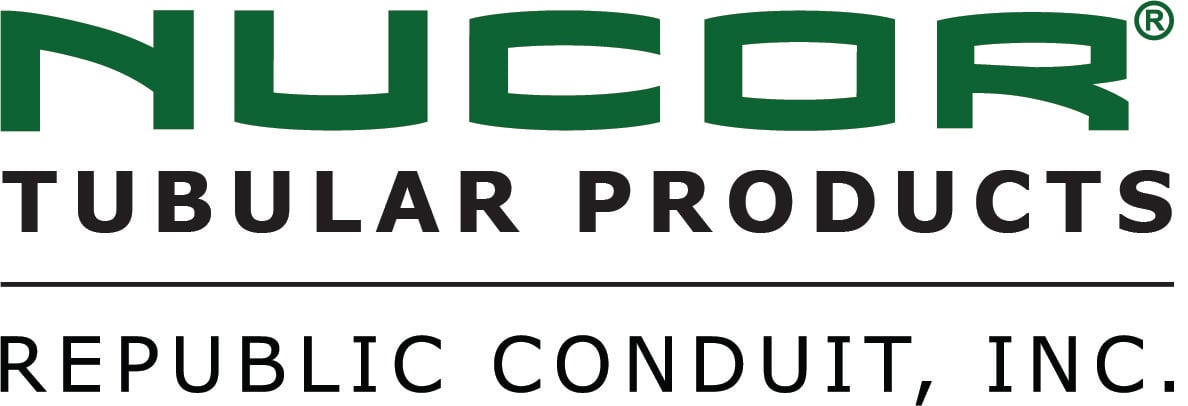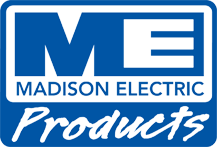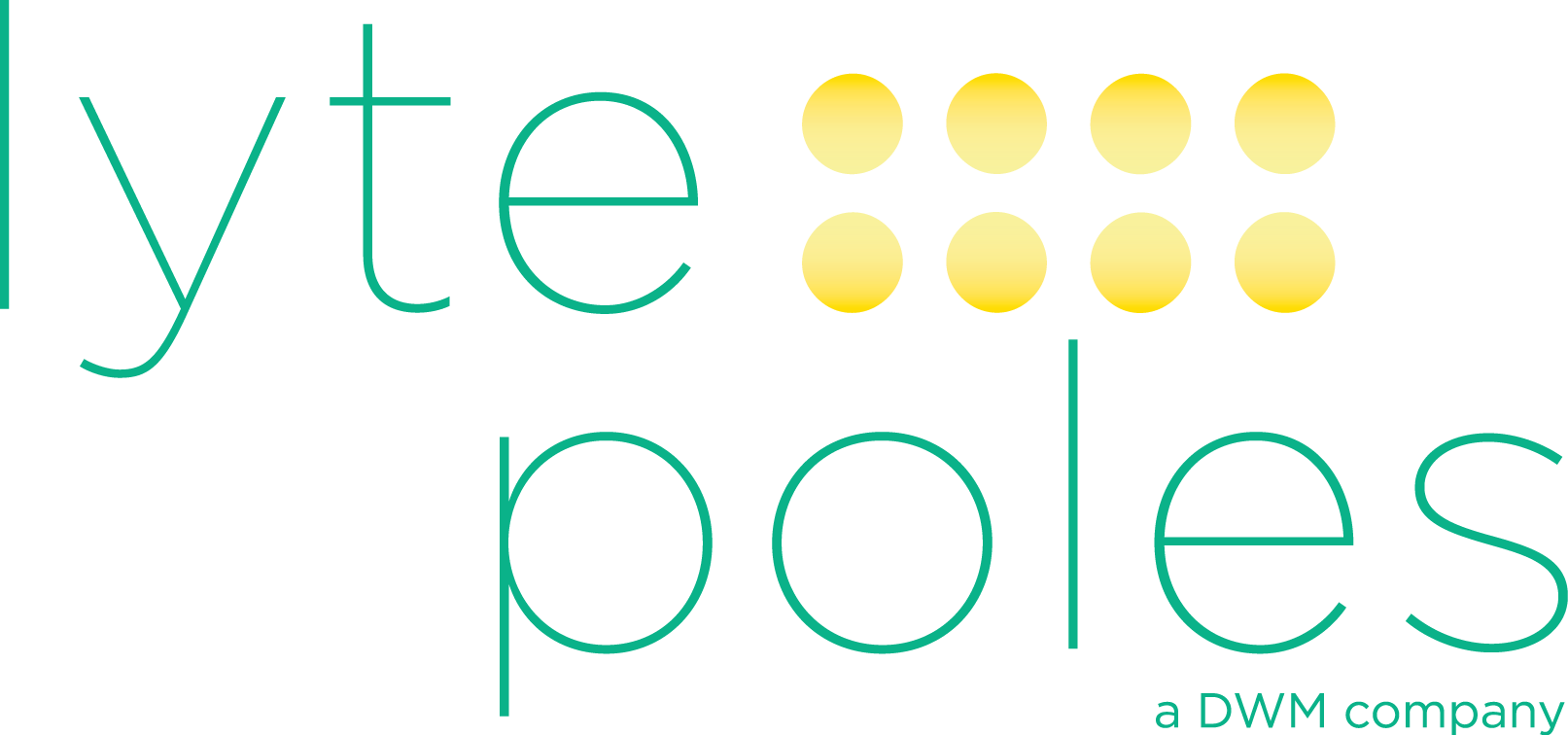“It’s not the heat, it’s the humidity.” Here in the dog days of summer, I am reminded of that old phrase about humidity being the true source of discomfort, not the heat. I might sound a little lame talking about the weather, but since I got my first pair of bifocals this week at the age of 42, I think I’m allowed to crack an old man joke or two.
Let’s take that old phrase and apply it to lighting controls. “It’s not the heat, it’s the humidity” turns into, “it’s not the batteries, it’s the [blank]”
A customer that has had great success with our lighting controls systems called me last week to express some frustration with a competitor’s lighting control system. I sensed his frustration when he said, “I really like your products. Can’t you make a wired version of them without batteries?”
My response was, “we do have wired options for some systems and components. However, if you want to help your customer, share what I’ve learned from 8 years of experience: when things go wrong in a lighting control system, it’s not the batteries. It’s never the batteries. “
To better explain why it’s never the batteries, I’ll separate the most common problems with a lighting control system into two categories: construction issues and long-term reliability.
Common Construction Issues with a Lighting Control System
- Improper placement of motion sensors
The most common issue I have experienced is improper motion sensor placement. For example, we recently created a lighting control submittal for a project, but we did not realize that one room had a 16-foot-high ceiling. This meant that the standard ceiling motion sensors we placed in the room would not be reliable. It wasn’t until they started programming the lighting system that we realized the mistake. The room was already drywalled, painted, carpeted, and furnished. Sounds like a nightmare, right? Wrong. The engineer had committed to battery-powered, wireless motion sensors on the project, so we easily added a wall-mounted motion sensor at proper coverage height and the problem was fixed quickly. No additional wiring or cutting into walls was required.
- Placing occupancy sensors too close to ceiling air supply registers
Another common issue on projects is placing occupancy sensors too close to ceiling air supply registers for them to function properly. We see this a lot, despite the best efforts of the design and construction teams. When this occurs, we can easily move the battery-powered, wireless motion sensor, without any cost implications to the project. Electrical contractors will sometimes ask us to point out the proper location for sensors while we are on-site, rather than guessing and having to move them later. Just another benefit of having a non-wired solution.
- Volume of wired devices and connections / misinterpreting wiring instructions
Another issue on construction projects is the volume of wired devices and connections, and the risk that wiring instructions are misinterpreted upon installation. Let’s face it - the end of a construction project can be a mad dash to meet a schedule, and that can increase the impact of improperly wired devices. I was on a lighting control project last summer and the electrical contractor thought a motion sensor should be wired a certain way. I agreed the instructions could be interpreted two ways. However, the system needed to be wired a certain way to get it working properly. He had to take the time and manpower to correct four floors of motion sensors. There is less opportunity for confusion when installing wireless, battery-powered control systems.
Long Term Reliability of a Lighting Control System
When discussing the quality and reliability of a lighting control system, the stakeholders generally want to discuss physical components of the system, i.e. the switches, sensors, and control panels. Many customers feel that robust physical components will be the greatest assurance of a long-lasting lighting control system. However, from my experience, the software that makes the system work is the most important component by which to measure the long-term reliability of the system. The software is also the most expensive part of the system to build and maintain.
Choosing a controls manufacturer that has a strong history of investing in software and taking care of customers is the wisest decision you can make. And, if that manufacturer insists that battery-powered devices are a solid, proven, and reliable method to take care of you as a customer, trust them.
Remember: mistakes happen. We’re only human. But don’t blame the batteries…
If you would like to learn about battery-powered lighting control systems in more depth, we are here to help. Every project has specific needs, and we are equipped to help identify those needs, share our years of experience in lighting controls, and determine if a battery powered system is appropriate. New options in lighting controls such as Lutron's integral fixture controller, included as an option for select Lux Illuminaire and Cree Lighting fixtures, provide the opportunity to design a great system while being sensitive to customer concerns about batteries.





































